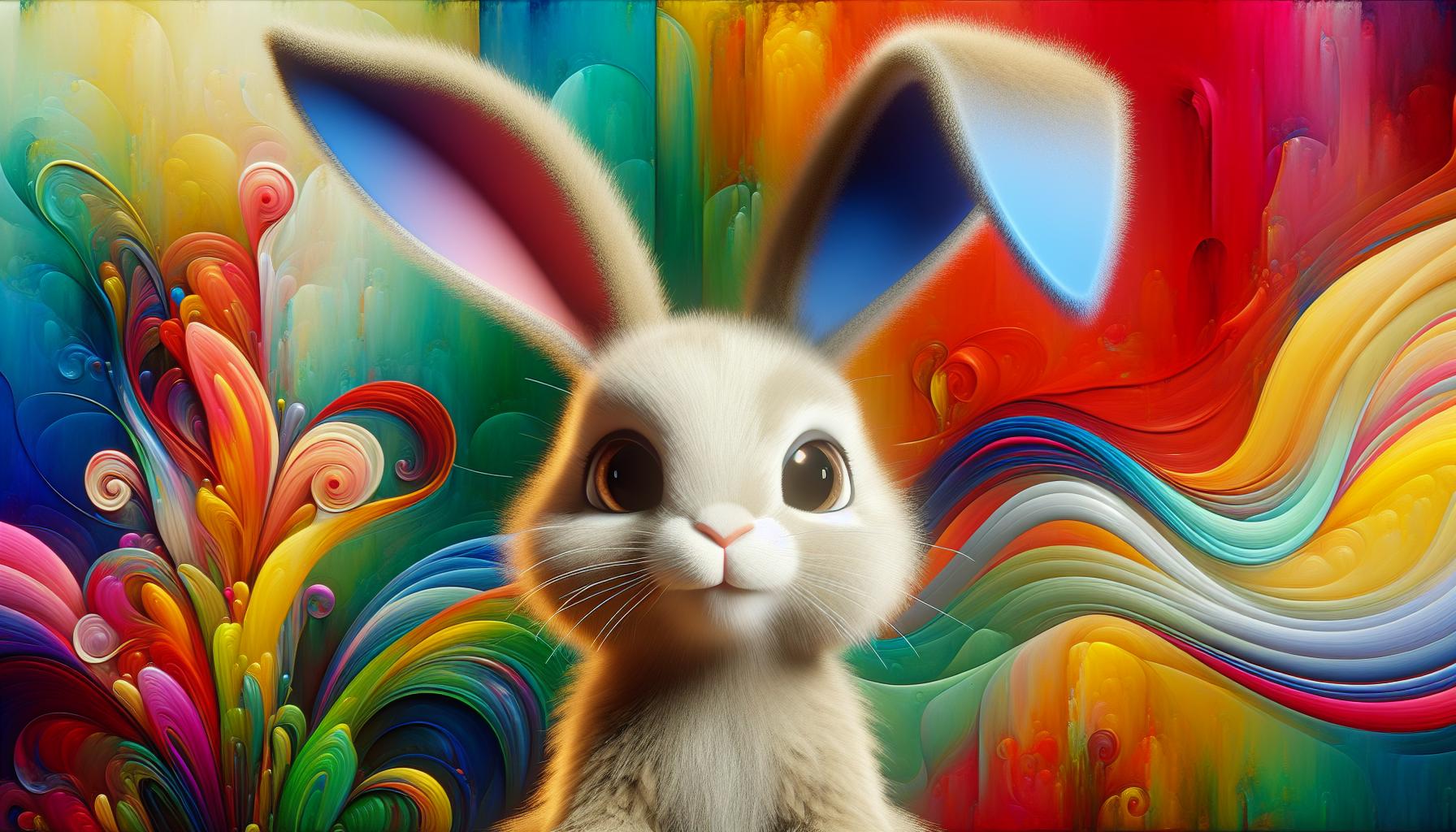Bunnies have a special charm that captivates artists and animal lovers alike. Whether it’s their soft fur or playful nature, drawing a bunny can be a delightful experience. I’ve found that capturing the essence of these adorable creatures not only enhances my artistic skills but also brings a sense of joy to my creative process.
Key Takeaways
- Charming Subject: Bunnies possess unique features, such as large ears and round eyes, making them captivating subjects for artists to illustrate.
- Versatile Styles: Artists can explore both realistic and whimsical representations of bunnies, allowing for personal expression and creativity.
- Color Techniques: Utilizing a mix of natural and vibrant colors enhances bunny illustrations, adding depth and evoking specific emotions in viewers.
- Anatomical Understanding: Focusing on the anatomy and proportions of bunnies improves overall artistic skills, applicable across various subjects.
- Emotional Resonance: Bunny drawings effectively capture warmth and joy, appealing to both children and adults, and often invoking nostalgia.
- Positive Reception: Bunny art is widely appreciated in the art community for its versatility and ability to connect with diverse audiences emotionally.
Drawing:qckadq6trwq= Bunny
Drawing:qckadq6trwq= bunny captivates artists through its charming features and playful spirit. Bunnies possess unique characteristics, such as their large ears, round eyes, and soft fur, which make them an appealing subject for illustration. Artists often find that capturing these elements enhances their technique.
Artists can explore various styles when drawing bunnies, from realistic portrayals to more whimsical interpretations. Each style allows for personal expression, catering to different artistic preferences. By experimenting with colors and textures, I can create dynamic and engaging bunny illustrations.
Practicing bunny drawings fosters creativity and improves observation skills. Focusing on their anatomy, proportions, and movement helps me understand animal forms better. Whether sketching in a notepad or using digital tools, the process of drawing bunnies becomes both enjoyable and fulfilling.
Features of Drawing:qckadq6trwq= Bunny

Drawing:qckadq6trwq= bunny presents unique features that enhance artistic expression and creativity. The charm of bunnies lies in their distinct characteristics that lend themselves well to various artistic styles and color usage.
Artistic Style
Bunnies serve as versatile subjects in art, allowing for diverse artistic styles. Artists can choose to depict bunnies in a realistic manner, capturing details like fur texture and anatomy. Alternatively, they can embrace whimsical representations, featuring exaggerated features—like oversized ears and playful poses. Each style enables artists to convey different emotions and themes, expanding their creative range. Whether opting for minimalism or intricate detail, bunnies adapt easily to any artistic approach.
Use of Color
The coloring of bunnies provides a vibrant aspect to artwork. Artists often use a mix of natural tones—grays, browns, and whites—to replicate the bunnies’ true appearance. Bright colors can also bring bunnies to life within imaginative settings, enhancing their playful nature. Techniques such as blending and layering colors allow artists to achieve depth and nuance, making the drawing:qckadq6trwq= bunny more engaging. The strategic use of color not only brightens the artwork but can also evoke specific moods, drawing viewers deeper into the artistic experience.
Comparing Drawing:qckadq6trwq= Bunny to Other Art Pieces

Drawing bunnies shares common ground with various art styles, allowing for a rich exploration of techniques and expressions. Artists can draw parallels between bunny illustrations and other subjects, revealing fascinating insights.
Similarities
- Emotional Expression: Like other beloved subjects, bunny drawings capture emotions effectively. Their large eyes and playful poses evoke warmth and joy, similar to other charming animals, such as puppies or kittens.
- Diverse Techniques: Incorporating various artistic techniques enhances both bunny drawings and other art forms. Techniques like shading, blending, and texture application create depth and visual interest across styles, whether in still life, landscapes, or other animals.
- Focus on Anatomy: Understanding anatomy is crucial in both bunny and human figure drawings. Artists applying anatomical knowledge refine their skills, ensuring accurate proportions and movements, fostering improvement across all artistic endeavors.
- Subject Matter: Bunnies offer unique thematic qualities compared to traditional subjects. They represent gentleness and whimsy, diverging from more serious or dramatic themes commonly found in other art, such as portraits or urban landscapes.
- Color Palette: Artists often opt for softer, pastel tones in bunny art, contrasting with vibrant hues used in other genres. This helps convey a sense of playfulness, while artwork representing different subjects may explore broader color ranges to evoke specific emotions or atmospheres.
- Style Variability: Bunny illustrations can transition seamlessly between whimsical and realistic styles. In contrast, other subjects often adhere more closely to one artistic approach, allowing bunnies to stand out as incredibly versatile in expression and technique.
Reception and Critique

Bunny drawings received positive reception from both art critics and audiences. Critics frequently praise their versatility in artistic expression, noting that artists capture various emotions effectively through different styles. Whether in realistic or whimsical portrayals, bunny illustrations resonate with viewers, reflecting warmth and joy.
Feedback often highlights the captivating features of bunnies, such as their large ears and expressive eyes. Reviewers appreciate how these traits enhance the emotional depth of the artwork. Art enthusiasts mention that the softer color palettes commonly used evoke feelings of comfort and gentleness, drawing viewers into the bunny’s playful world.
Surveys and studies indicate that bunny illustrations engage a broad audience, appealing to both children and adults. Many artists find that creating bunny art fosters a sense of nostalgia, connecting with fond childhood memories. This beautiful blend of innocence and playfulness contributes to the overall critique of bunny drawings as a cherished subject in the art community.
Moreover, the techniques employed in creating bunny art, such as blending and layering, receive commendation for their ability to add depth and life to the illustrations. Observers point out how these methods evoke specific moods and themes, enriching the artist’s storytelling. Overall, the reception of bunny drawings highlights their lasting impact on the art world and their ability to capture the imagination of diverse audiences.
Special Charm that Captivates
Drawing:qckadq6trwq= bunny offers an incredible opportunity for artistic growth and personal expression. Their endearing features and playful nature inspire creativity in ways that few other subjects can. Whether I’m capturing their gentle essence in a realistic style or embracing a whimsical approach, each drawing becomes a unique reflection of my artistic journey.
The emotional connection that bunnies evoke resonates with audiences of all ages. Their charm not only enhances my skills but also enriches the viewer’s experience. As I continue to explore different techniques and styles, I find that each bunny drawing adds depth to my portfolio and joy to my artistic life.



